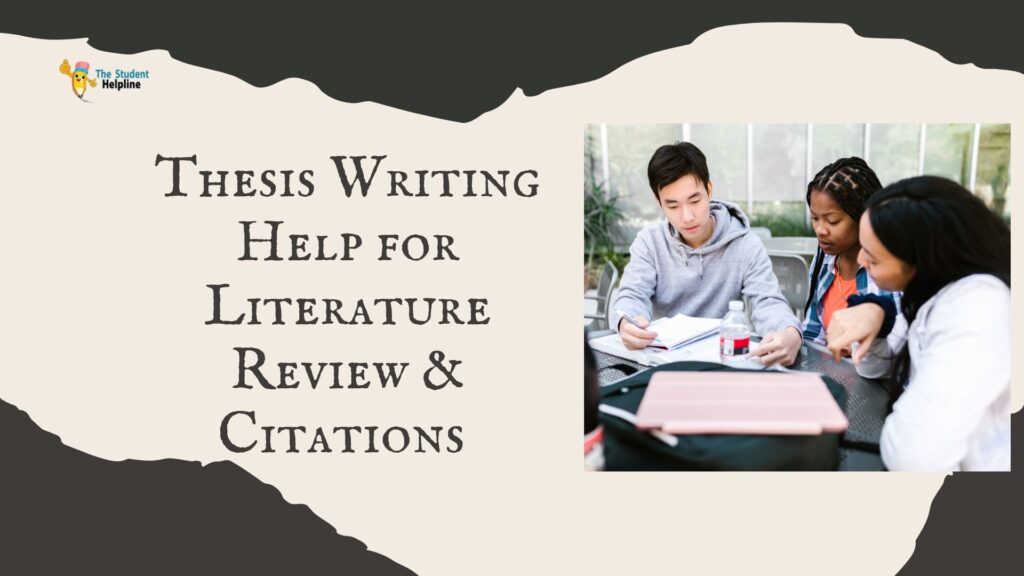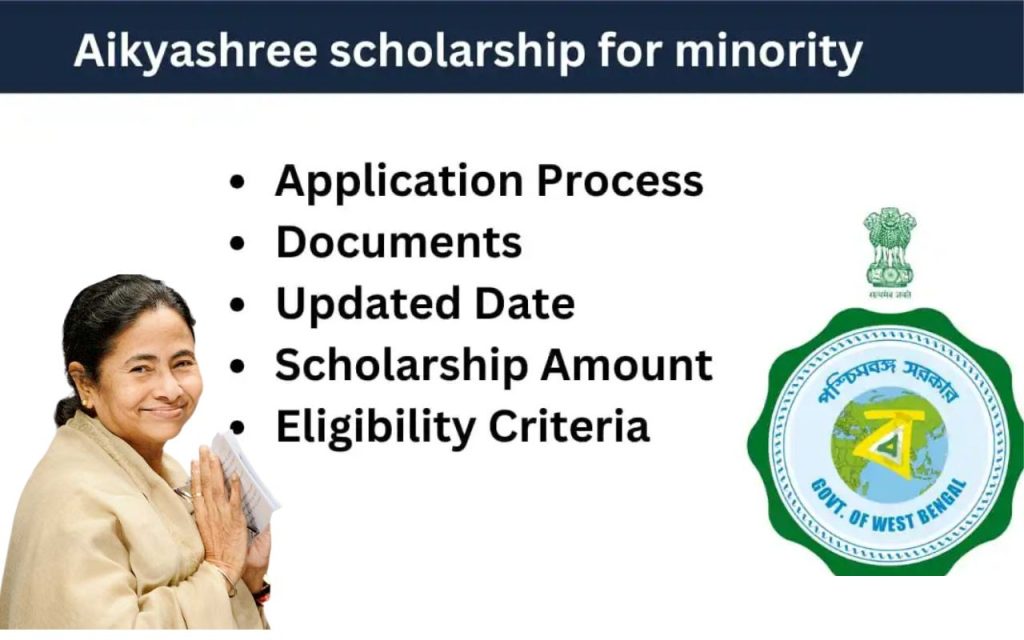The process of writing a thesis is a significant academic endeavor that requires meticulous research, critical analysis, and structured writing. A crucial component of this process is the literature review, which serves as the foundation for your research by synthesizing existing studies and identifying gaps that your thesis aims to address.
For students in Australia, navigating this complex task can be daunting, particularly when balancing multiple academic responsibilities. Seeking assignment help Australia can provide valuable guidance in structuring a literature review and managing citations effectively, ensuring that your thesis meets high academic standards.
Understanding the Purpose of a Literature Review
A literature review is not merely a summary of existing research but a critical evaluation that contextualizes your study within the broader academic field. It demonstrates your understanding of key concepts, theories, and methodologies relevant to your topic. For students pursuing advanced degrees, mastering this section is essential to establishing the credibility of their research.
-
Synthesize Existing Knowledge: Combine findings from multiple sources to highlight trends, debates, or contradictions.
-
Identify Research Gaps: Pinpoint areas where further investigation is needed, justifying the relevance of your thesis.
-
Establish a Theoretical Framework: Use the review to build a foundation for your research questions or hypothesis.
By carefully curating and analyzing sources, the literature review sets the stage for your original contribution to the field.
Steps to Crafting a Comprehensive Literature Review
Creating a robust literature review involves a systematic approach to sourcing, evaluating, and organizing information. Below are key steps to guide you through the process:
1. Define Your Scope and Objectives
Before diving into the research, clarify the scope of your literature review. Ask yourself:
-
What specific research question or problem does my thesis address?
-
Which themes, theories, or methodologies are most relevant?
-
Are there specific time periods, geographic regions, or disciplines I should focus on?
A well-defined scope prevents you from being overwhelmed by the vast amount of available literature and keeps your review focused.
2. Conduct a Thorough Literature Search
Finding credible and relevant sources is critical. Use academic databases such as JSTOR, PubMed, or Google Scholar to locate peer-reviewed articles, books, and conference papers. For students seeking thesis help, university libraries often provide access to specialized databases like Scopus or Web of Science, which are invaluable for identifying high-quality sources.
-
Use Keywords Strategically: Develop a list of keywords and synonyms related to your topic to broaden or narrow your search.
-
Explore Reference Lists: Check the bibliographies of key articles to discover additional sources.
-
Stay Organized: Use tools like Zotero or EndNote to catalog sources and track their relevance.
3. Evaluate and Select Sources
Not all sources are equally valuable. Assess each source for its relevance, credibility, and contribution to your research. Consider:
-
The author’s expertise and the publication’s reputation.
-
The recency of the source, especially in fast-evolving fields like technology or medicine.
-
The source’s alignment with your research objectives.
Prioritize primary sources and seminal works while incorporating recent studies to demonstrate the current state of knowledge.
4. Organize the Literature Review
A well-structured literature review is easy to follow and logically presents the synthesized information. Common organizational approaches include:
-
Thematic: Group sources by key themes or concepts (e.g., studies on climate change impacts might be organized by ecological, social, and economic effects).
-
Chronological: Discuss sources in the order of their publication to show the evolution of thought.
-
Methodological: Categorize studies based on their research methods (e.g., qualitative vs. quantitative).
For complex topics, a combination of these approaches may be effective. For example, you might organize by theme but discuss sources within each theme chronologically.
5. Write with Clarity and Critical Insight
When writing the literature review, aim for clarity and conciseness while maintaining a critical tone. Avoid simply summarizing each source; instead, analyze and compare them to highlight their contributions and limitations. Use the following strategies:
-
Compare and Contrast: Discuss how different studies align or diverge in their findings or approaches.
-
Critique Methodologies: Evaluate the strengths and weaknesses of the methods used in key studies.
-
Link to Your Research: Continually tie the literature back to your thesis to underscore its relevance.
For students struggling with this step, Thesis Writing Help from academic mentors or writing centers can provide feedback to refine your analysis and improve coherence.
Mastering Citations in Your Literature Review
Citations are the backbone of a credible literature review, as they give credit to original authors and allow readers to verify your sources. Proper citation practices also help you avoid plagiarism, a serious academic offense. Below are tips for managing citations effectively:
1. Choose the Right Citation Style
Different disciplines use specific citation styles, such as APA, MLA, Chicago, or Harvard. Consult your thesis guidelines or supervisor to confirm the required style. For example:
-
APA is common in social sciences and emphasizes author-date citations.
-
MLA is often used in humanities and focuses on author-page citations.
-
Chicago offers two systems (notes-bibliography and author-date) and is versatile across disciplines.
Familiarize yourself with the rules of your chosen style to ensure consistency.
2. Cite Sources Accurately
When citing, ensure that all necessary details (e.g., author names, publication year, title, and publisher) are included. Double-check for accuracy, as incorrect citations can undermine your credibility. For online sources, include DOIs or stable URLs where possible.
3. Paraphrase and Quote Appropriately
When incorporating sources, paraphrase ideas in your own words to demonstrate understanding, but cite the original author. Use direct quotes sparingly, reserving them for particularly impactful or unique phrasing. Always include a citation for both paraphrases and quotes.
Overcoming Common Challenges in Literature Review Writing
Writing a literature review can be challenging, especially for first-time thesis writers. Common obstacles include:
-
Information Overload: The sheer volume of literature can be overwhelming. Address this by narrowing your scope and focusing on high-impact sources.
-
Lack of Critical Analysis: Summarizing without analysis weakens the review. Practice evaluating sources critically by questioning their assumptions, methods, and conclusions.
-
Time Management: Balancing the literature review with other thesis components requires careful planning. Create a timeline and set milestones to stay on track.
For students facing these challenges, seeking write my assignment support from academic advisors or peers can provide clarity and motivation. Collaborative feedback can help refine your arguments and improve the overall quality of your work.
The Role of Feedback and Revision
Once your literature review is drafted, revising and seeking feedback are crucial steps. Share your draft with your supervisor, peers, or a writing tutor to gain fresh perspectives. Focus on:
-
Ensuring the review flows logically and supports your research objectives.
-
Checking for clarity, conciseness, and academic tone.
-
Verifying that all citations are accurate and consistently formatted.
Multiple rounds of revision may be necessary to polish your work, but the effort will result in a stronger, more compelling literature review.
Conclusion
Crafting an effective literature review is a cornerstone of successful thesis writing. By systematically searching for sources, critically analyzing them, and organizing your findings, you can create a review that not only summarizes existing knowledge but also positions your research as a valuable contribution to the field. Proper citation practices further enhance the credibility of your work, demonstrating your engagement with the academic community. For students in Australia, resources like write my assignment services, university writing centers, and citation tools can provide essential support throughout this process. With dedication and a structured approach, your literature review can become a powerful foundation for your thesis, paving the way for academic success.



